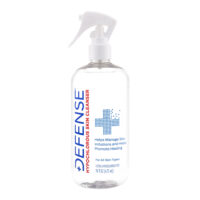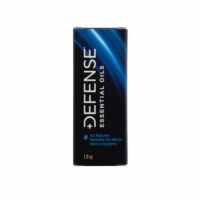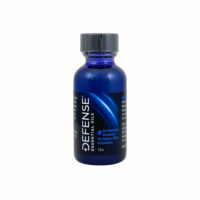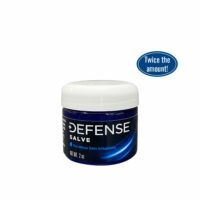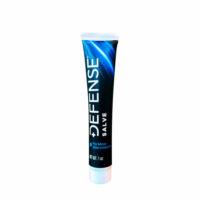What is Impetigo?
Impetigo is a highly contagious bacterial skin infection caused by the Staphylococcus Aureus bacteria. While an Impetigo skin infection is more common among children, skin-to-skin contact athletes, like wrestlers and BJJ athletes, are also susceptible.
Impetigo emerges when the bacteria enters through breaks in the skin.
Examples of breaks in the skin include:
- Cuts
- Scrapes
- Burns
- Abrasions
- Insect Bites
- Open wounds
In many cases, it may also affect the healthy skin.
As the infection develops, it causes red sores which develop into blisters. These red sores are commonly mistaken for pimples. If you think you may have an Impetigo infection we recommend that dermatologists examine the sore(s) for a more precise diagnosis.
What are the symptoms of an Impetigo skin infection?
Impetigo generally has a few common symptoms.
- First appears as a red spot or spots
- Mature into blisters
- Blisters eventually break and oozing a clear or cloudy fluid
- Fluid dries into a yellow-brown crust
- Sores can be itchy and painful
Impetigo also causes flu-like symptoms that may cause:
- Fatigue
- Weakness of muscles
- Headaches and vomiting
What parts of the body are affected by Impetigo?
Impetigo can affect the skin anywhere on the body.
It generally appears on:
- Face
- Nose
- Mouth
- Hands
- Forearms
- Behind the knees
Are there different Types of Impetigo?
Yes, The three variations of the Impetigo infection is Impetigo Contagiosa, Bullous Impetigo, and Ecthyma.
Impetigo Contagiosa.
The most common form of Impetigo usually begins as a pimple-like lesion surrounded by reddened skin. These lesions get filled with pus, and then break down over 4–6 days and form a thick, honey-colored crust. Suffers from cold sores have shown higher chances of suffering from impetigo, medical attention may be required.
Bullous Impetigo
Bullous impetigo which is commonly found on the arms, legs, and truck are painless, fluid-filled blisters usually found on children 2 years and younger. The soreless blisters may be red and itchy and last longer than other forms of impetigo.
Ecthyma
Ecthyma is a more serious form of impetigo which penetrates deeper into the skin. Signs and symptoms may include:
- Painful or pus-filled thick, gray-yellow crust sores that turn into deep ulcers usually found on the legs and feet
- Swollen lymph glands in the affected area
- Little holes the size of pinheads to the size of pennies appear after crust recedes
- Scars that remain after the ulcers heal
How does Impetigo Spread?
Impetigo is highly contagious and can be transmitted through contact or by sharing personal items like towels, pillows, sheets, gloves, socks, clothing, or other things that come in direct contact with the infected skin. Scratching can also spread the sores to other parts of the body. It is not common in most adults except the athletes participating in contact sports like Wrestling, MMA, BJJ, Football, Hockey, and Rugby, etc.
